Undisciplinary Tactics
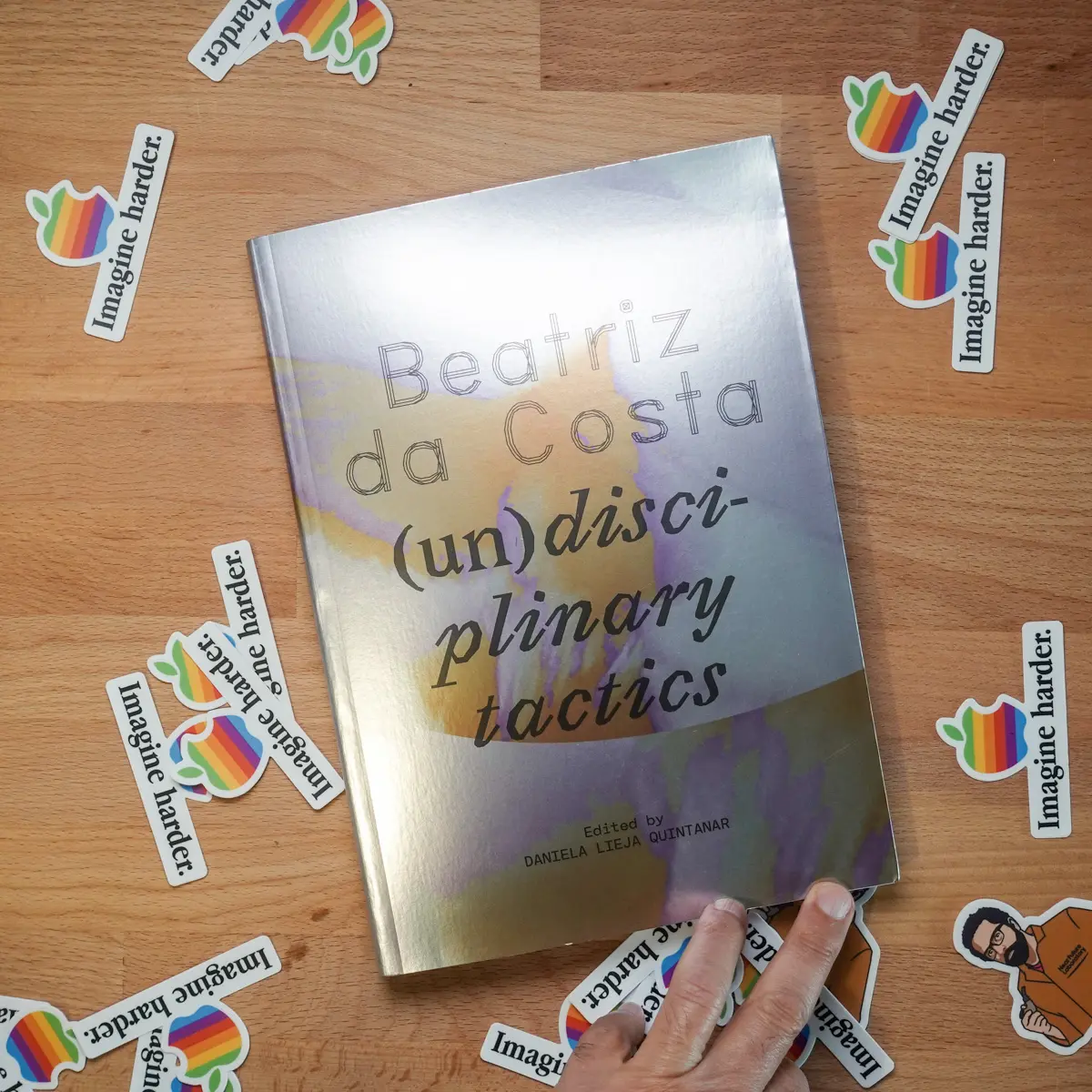
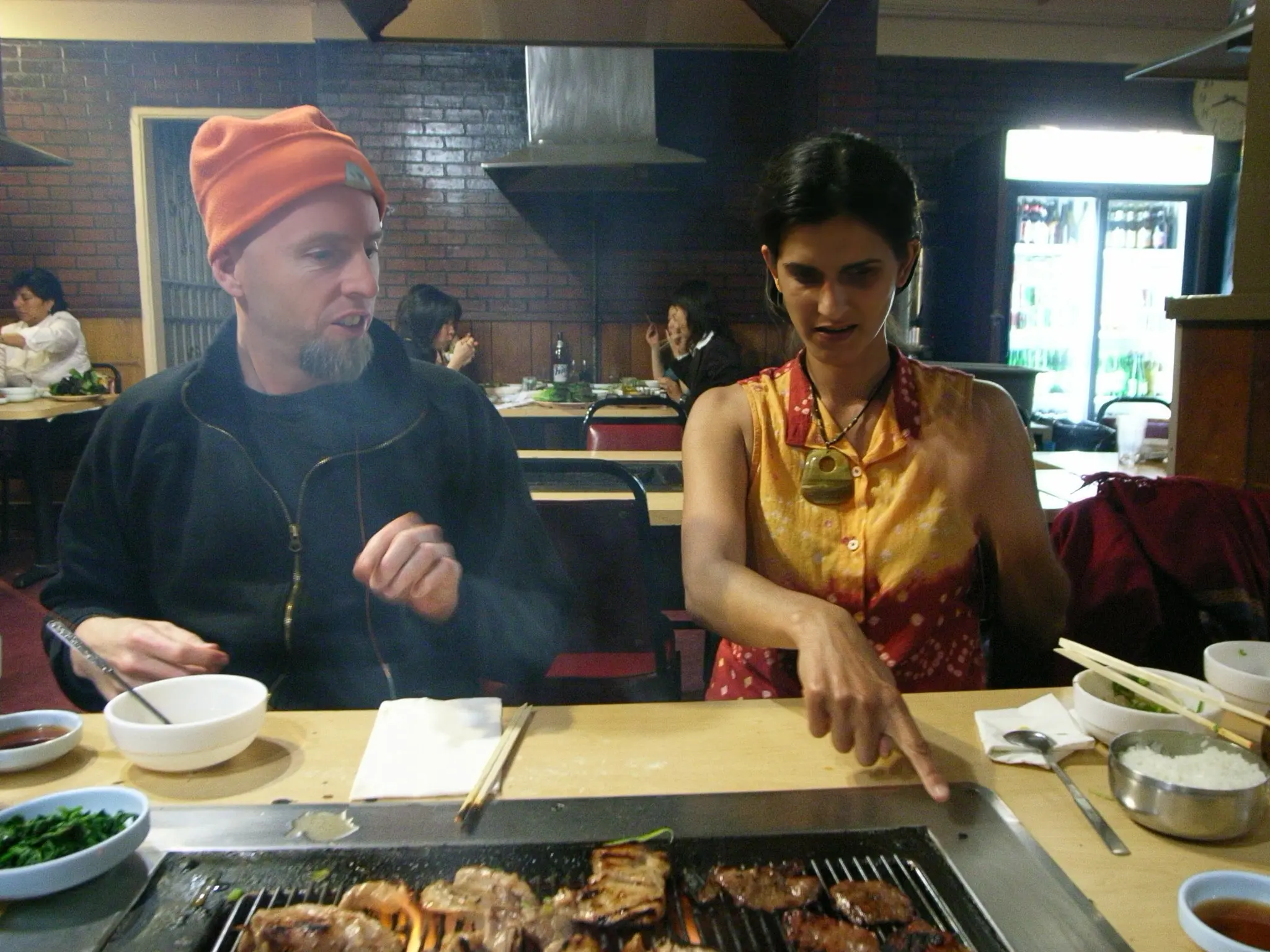
Published alongside a Getty PST ART exhibition at Los Angeles Contemporary Exhibitions (LACE), this comprehensive study examines the pioneering work of Beatriz da Costa (1974-2012), whose practice bridged art, science, activism, and public participation. Through archival materials, scholarly essays, and personal reflections from collaborators, the book documents how da Costa developed an “(un)disciplinary” approach that deliberately crossed boundaries between scientific research, artistic experimentation, and public engagement.
Early Work and Formation
da Costa’s artistic evolution began at Carnegie Mellon University, where she combined engineering and robotics with increasingly political and participatory approaches. Her early robotic installations like “Swing” (1998) and “Cello” (2000-01) investigated autonomous behavior and human-machine interaction through sound and movement. These works laid the foundation for her later explorations of technology as both medium and subject for social critique.
Tactical Media and Institutional Critique
As a tactical media artist and critic of institutional hierarchies, da Costa worked as a “para-site” within academia and art institutions, repurposing their resources to enable public participation and dissent. Her practice emerged from 1990s tactical media and DIY movements, offering critical perspectives on surveillance, biotechnology, and corporate control. At UC Irvine’s Arts, Computation, Engineering program, she created informal collaborations between artists, engineers, scientists, and activists, culminating in co-editing the influential book “Tactical Biopolitics.”
Major Projects
PigeonBlog (2006-2008)
da Costa’s most notable work used homing pigeons equipped with environmental sensors to collect and map air quality data in real-time. The project transformed military bird surveillance technology into a platform for environmental monitoring, demonstrating how art could create new forms of participatory engagement and interspecies collaboration. Through its creative appropriation of Google Maps’ API, PigeonBlog suggested possibilities for what da Costa envisioned as an “animal blogosphere” - a multispecies system for understanding urban environments.
GenTerra and Transgenic Projects (2001-2003)
Working with Critical Art Ensemble, da Costa created participatory installations that examined biotechnology and genetic engineering. Projects like “GenTerra” and “Transgenic Bacteria Release Machine” used public anxiety about GMOs as an entry point for substantive discussions about the social implications of biotech. “Free Range Grain” established public laboratories for testing genetically modified foods, demonstrating how artistic practice could democratize access to scientific tools and knowledge.
Preemptive Media Projects
With artists Brooke Singer and Jamie Schulte, da Costa formed Preemptive Media to explore emerging technologies before their normalization. Projects like “Zapped!” examined RFID technology through workshops and interventions, while “AIR” developed working prototypes of handheld air quality monitors. This work emphasized transparency and public participation in technological assessment.
The Cost of Life (2011-2013)
In her final series, da Costa explored the interconnections between human health, environmental issues, and medical research through several related projects:
✦ “Dying for the Other”: A video triptych juxtaposing cancer research labs, recovery facilities, and her personal experience with cancer
✦ “The Life Garden”: An indoor installation of medicinal plants with anti-cancer properties
✦ “The Delicious Apothecary”: A medicine cabinet containing spices and recipes known for cancer-fighting properties
✦ “The Anti-Cancer Survival Kit”: An emphasis on communal support systems for cancer patients
Theoretical Contributions
da Costa pioneered what she called “tactical biopolitics” - using artistic intervention to reimagine relationships between technology, bodies, and power. Her practice demonstrated how art could serve as a form of critical prototyping that both paralleled and critiqued commercial technology development. Rather than simply opposing technological progress, her work sought to redirect it toward more democratic and socially conscious ends.
Legacy and Contemporary Relevance
The significance of da Costa’s work lies in how it modeled new ways for creative practice to meaningfully intervene in technological development while fostering public dialogue and participation. She challenged traditional notions of expertise and demonstrated how art could create spaces for imagining alternative technological futures centered on social justice and ecological awareness. Her collaborative, boundary-crossing approach offered an alternative model to commercial technology development, emphasizing collective knowledge production and critical engagement with how technologies shape society.
Today, her work remains highly relevant to contemporary discussions about surveillance, public health, environmental justice, and the role of art in technological innovation. The exhibition and accompanying book demonstrate how da Costa’s artistic strategies continue to offer vital tools for critically examining and redirecting technological development toward more equitable and sustainable ends.

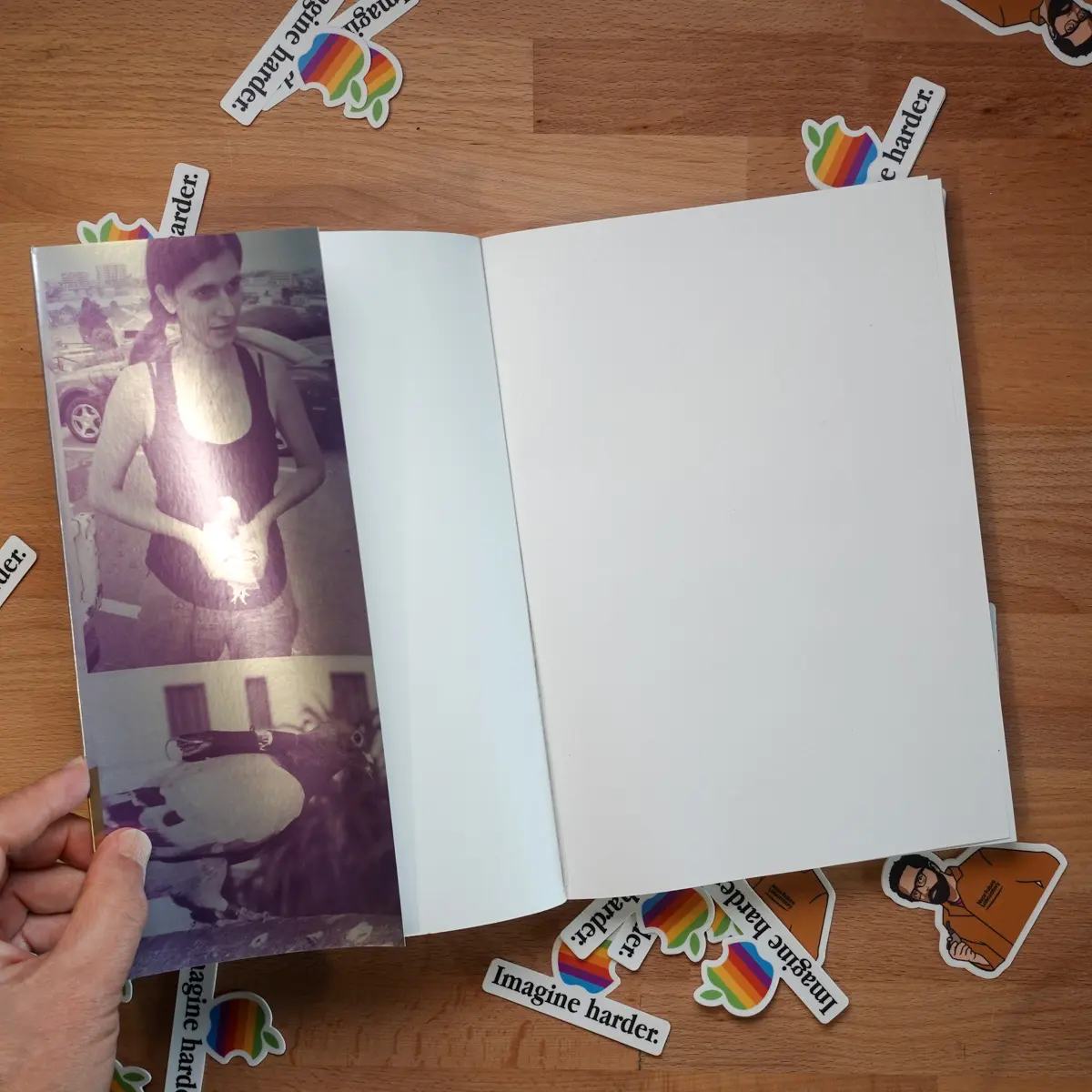
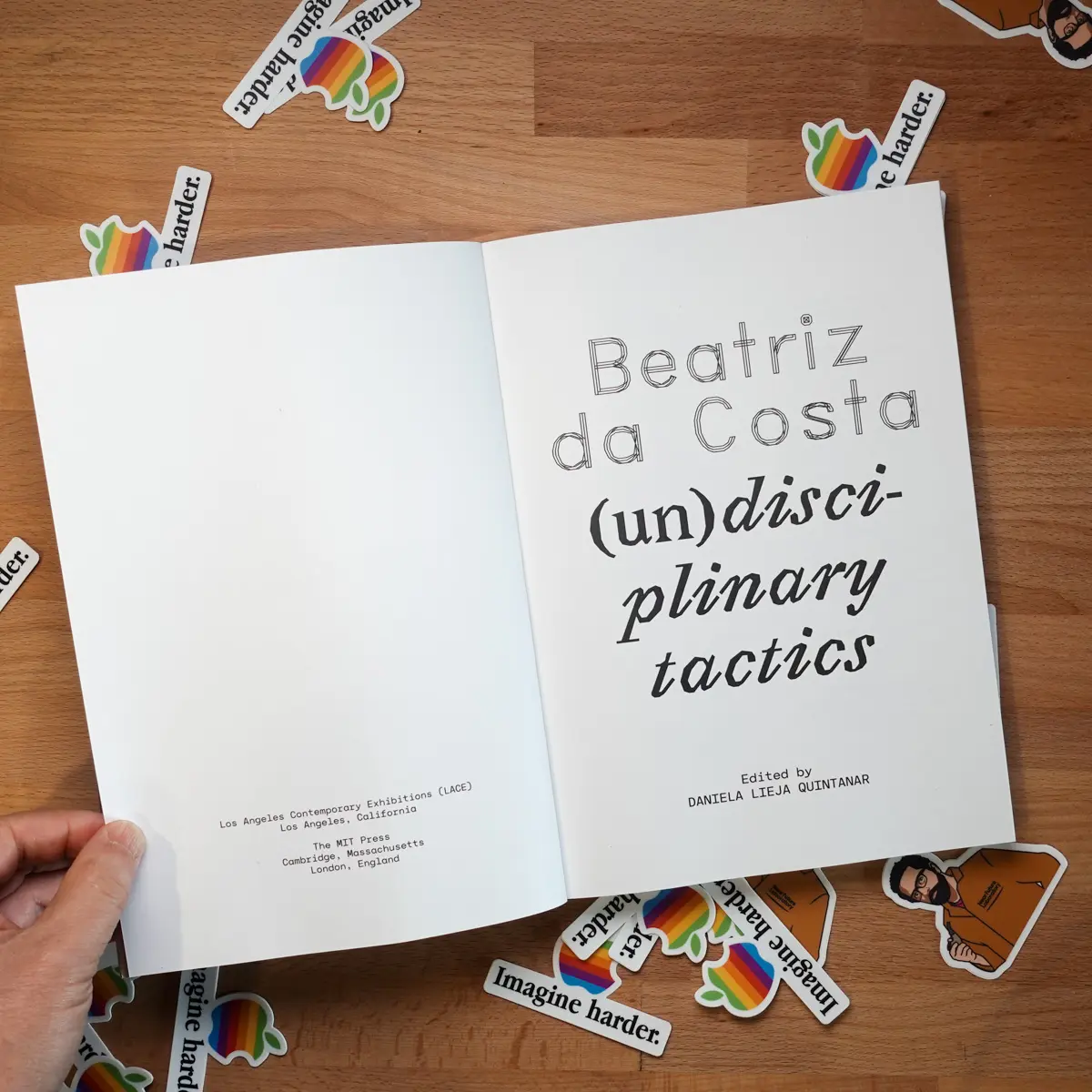
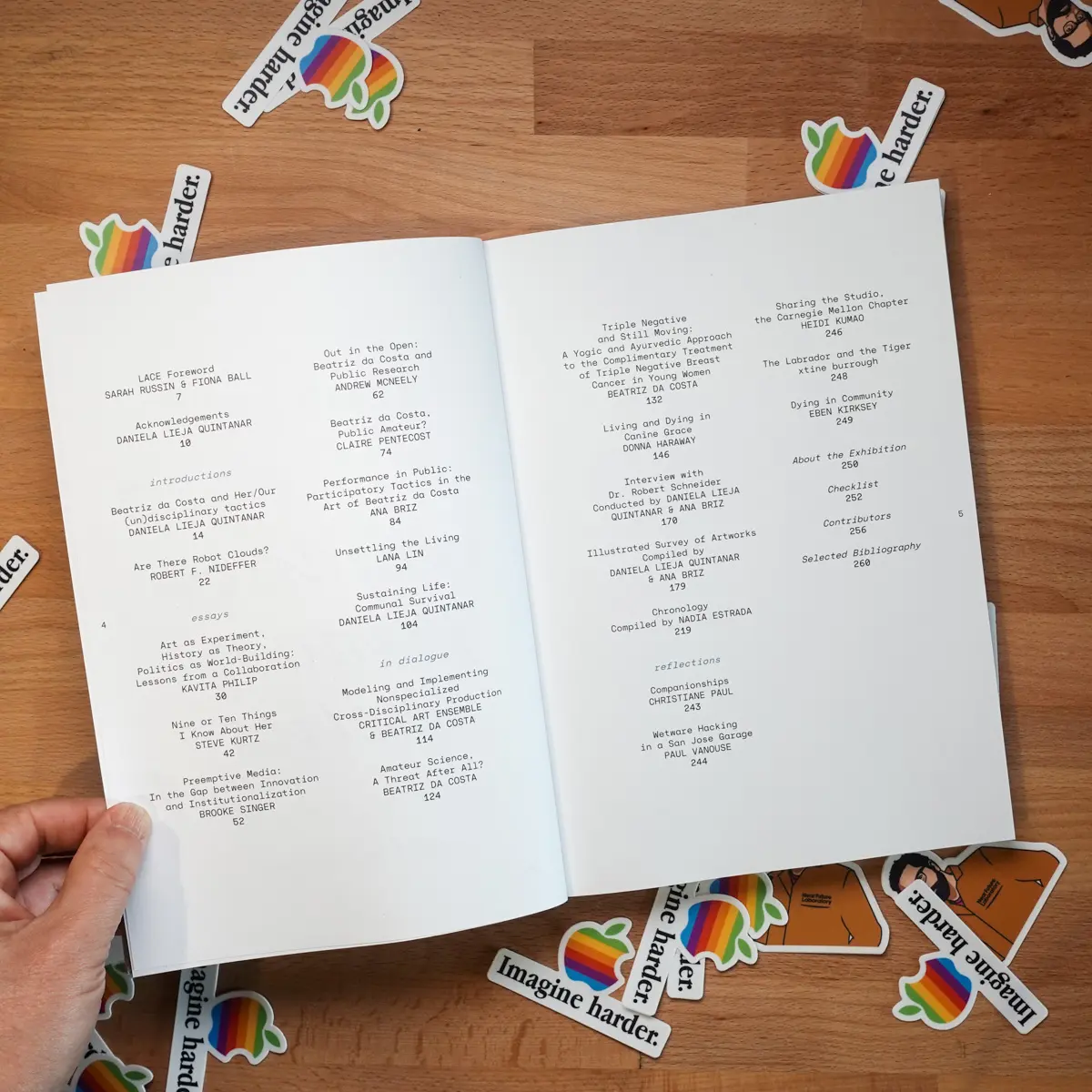
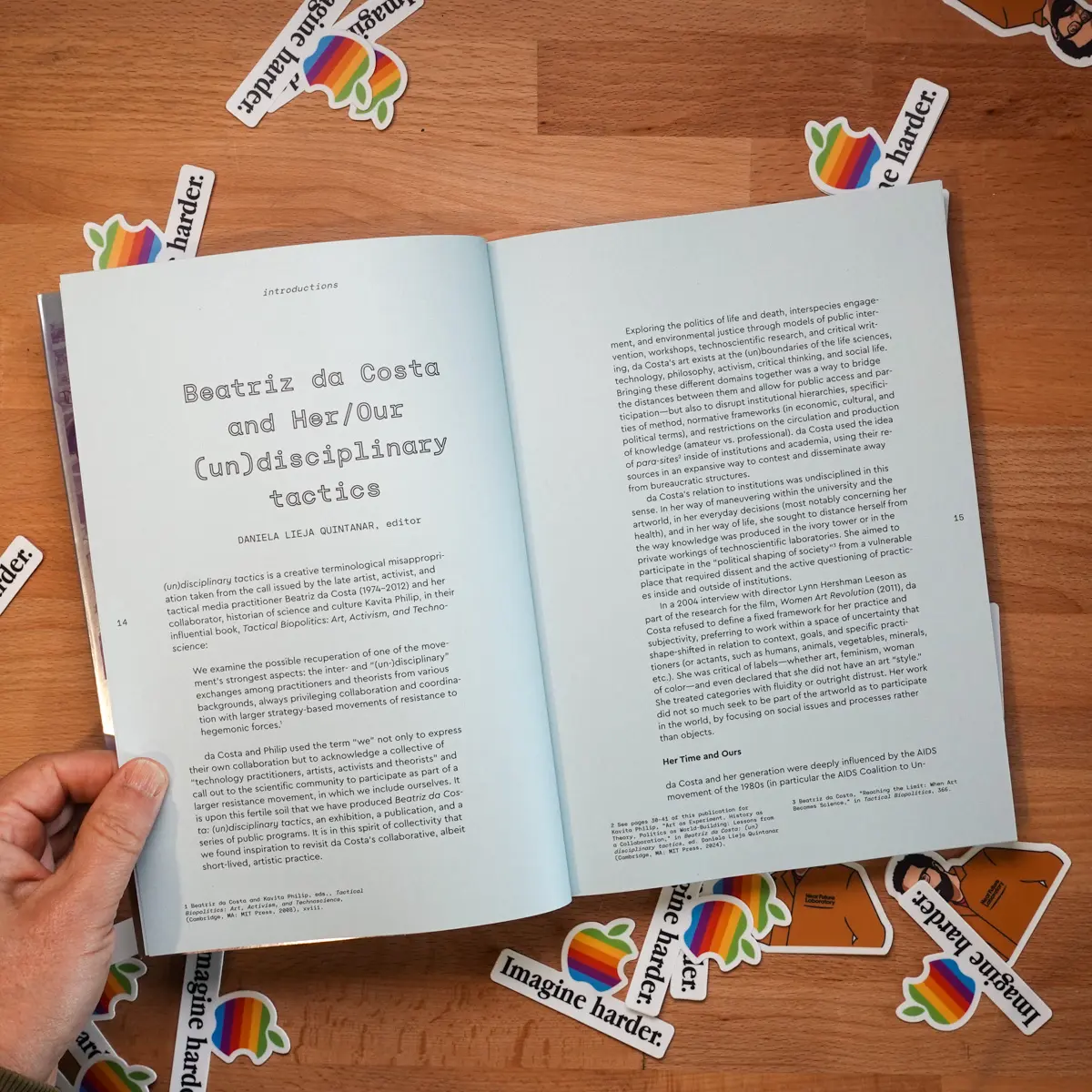
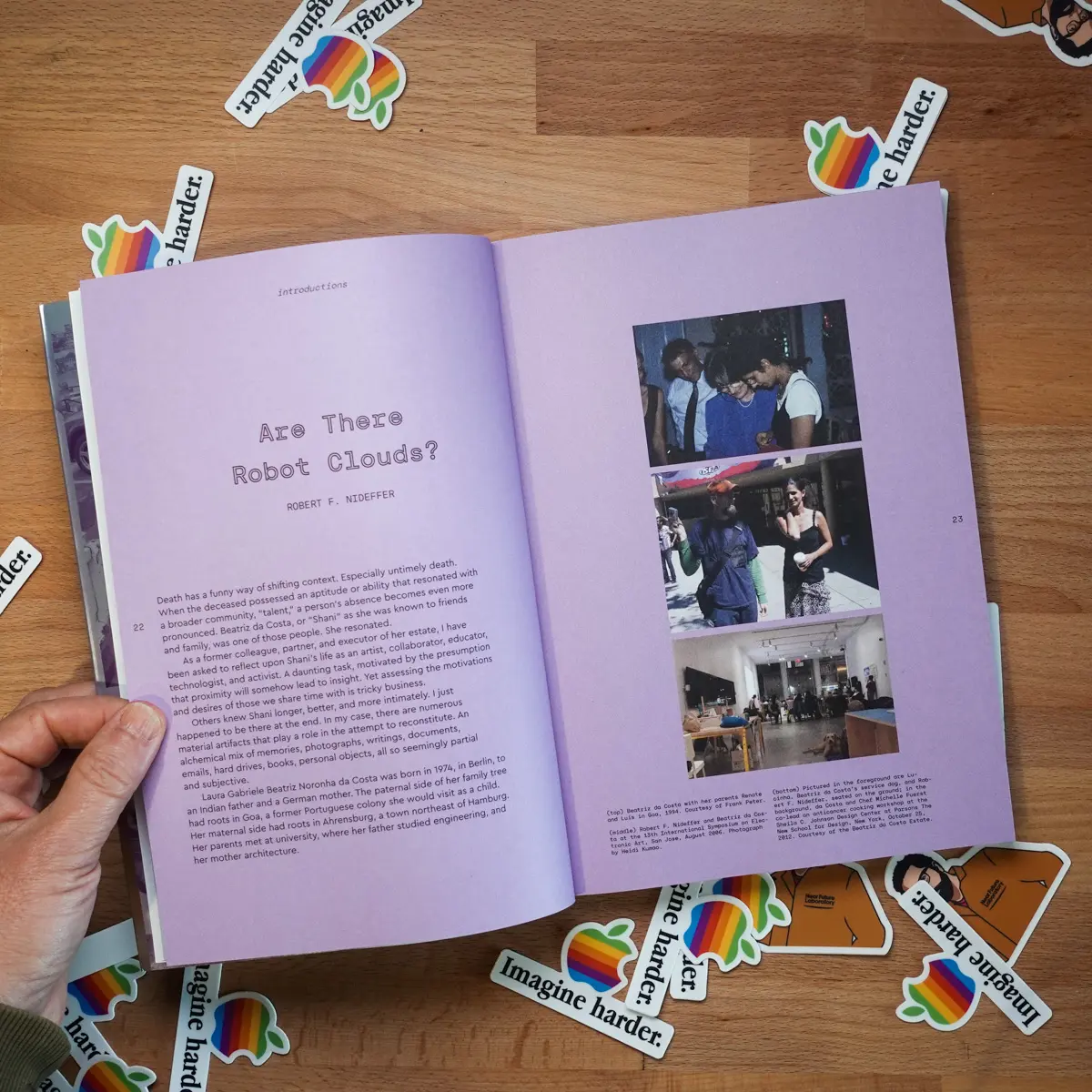
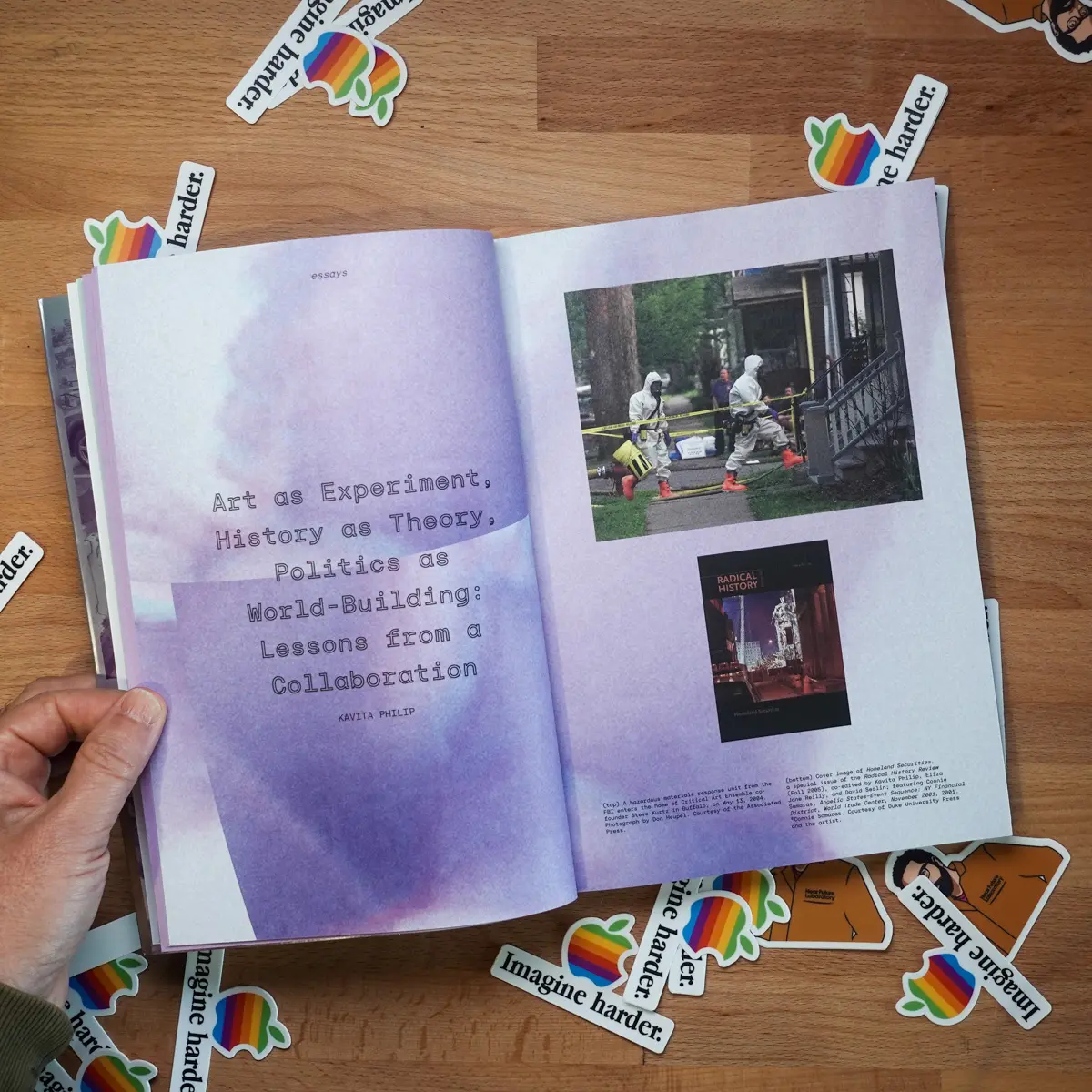
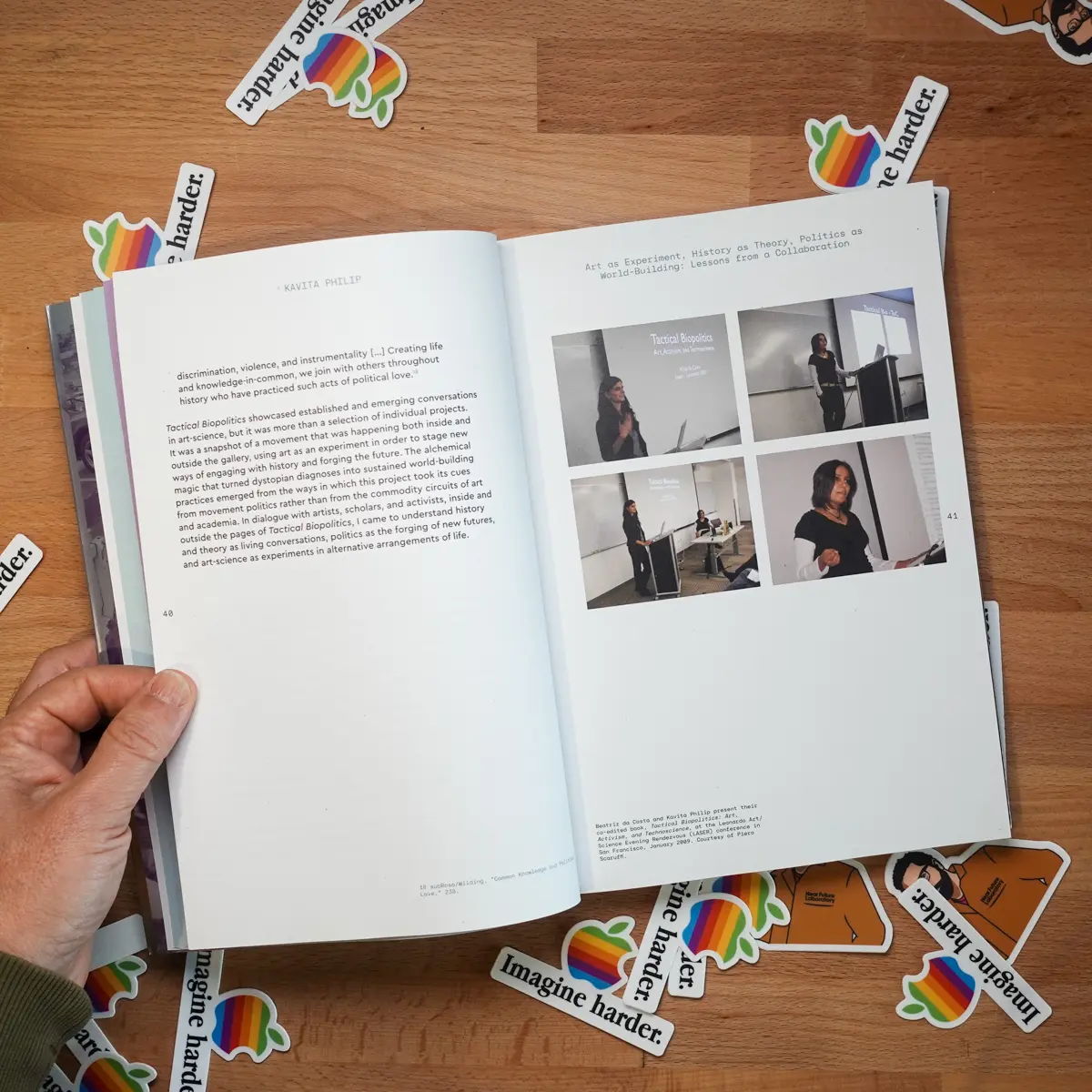
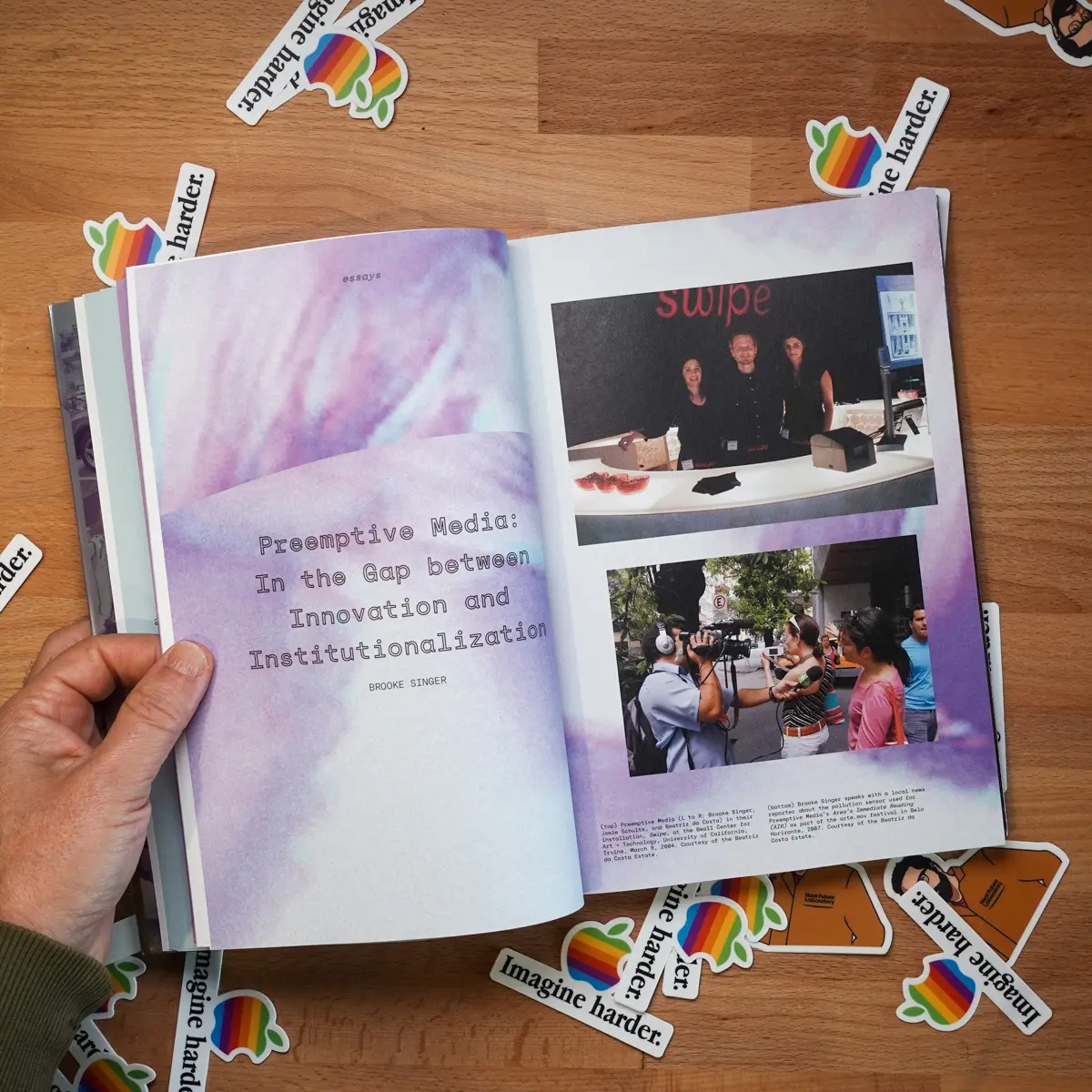
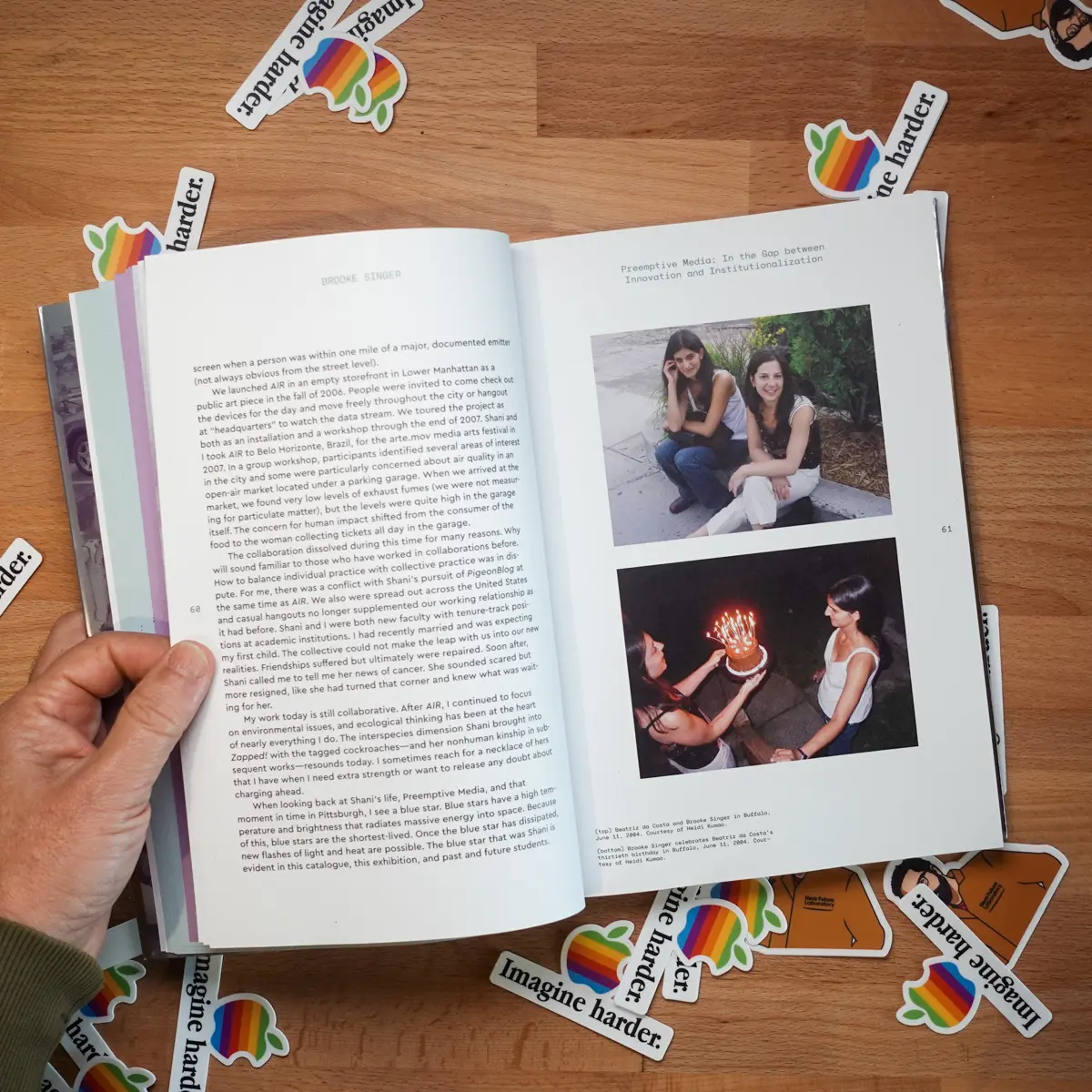
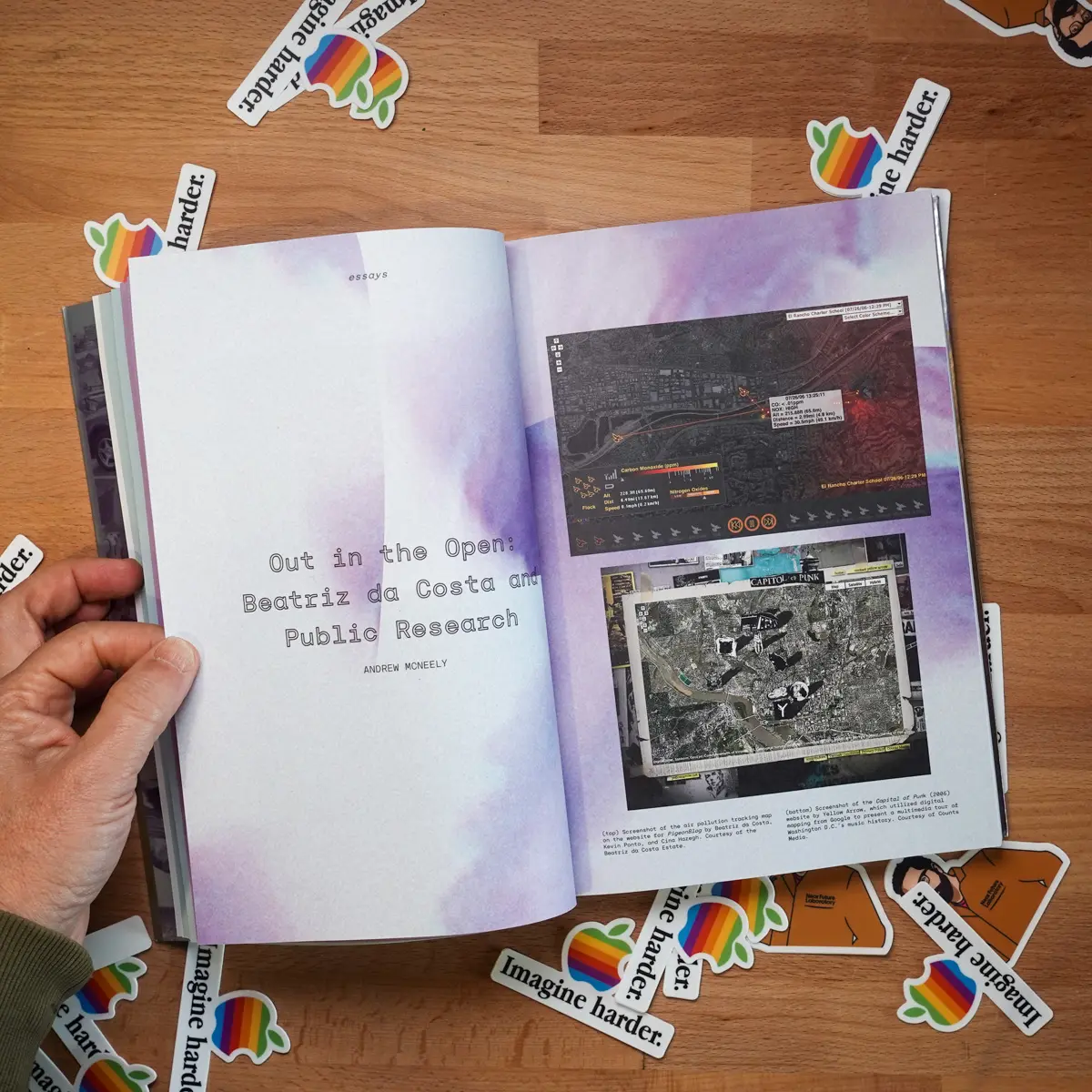
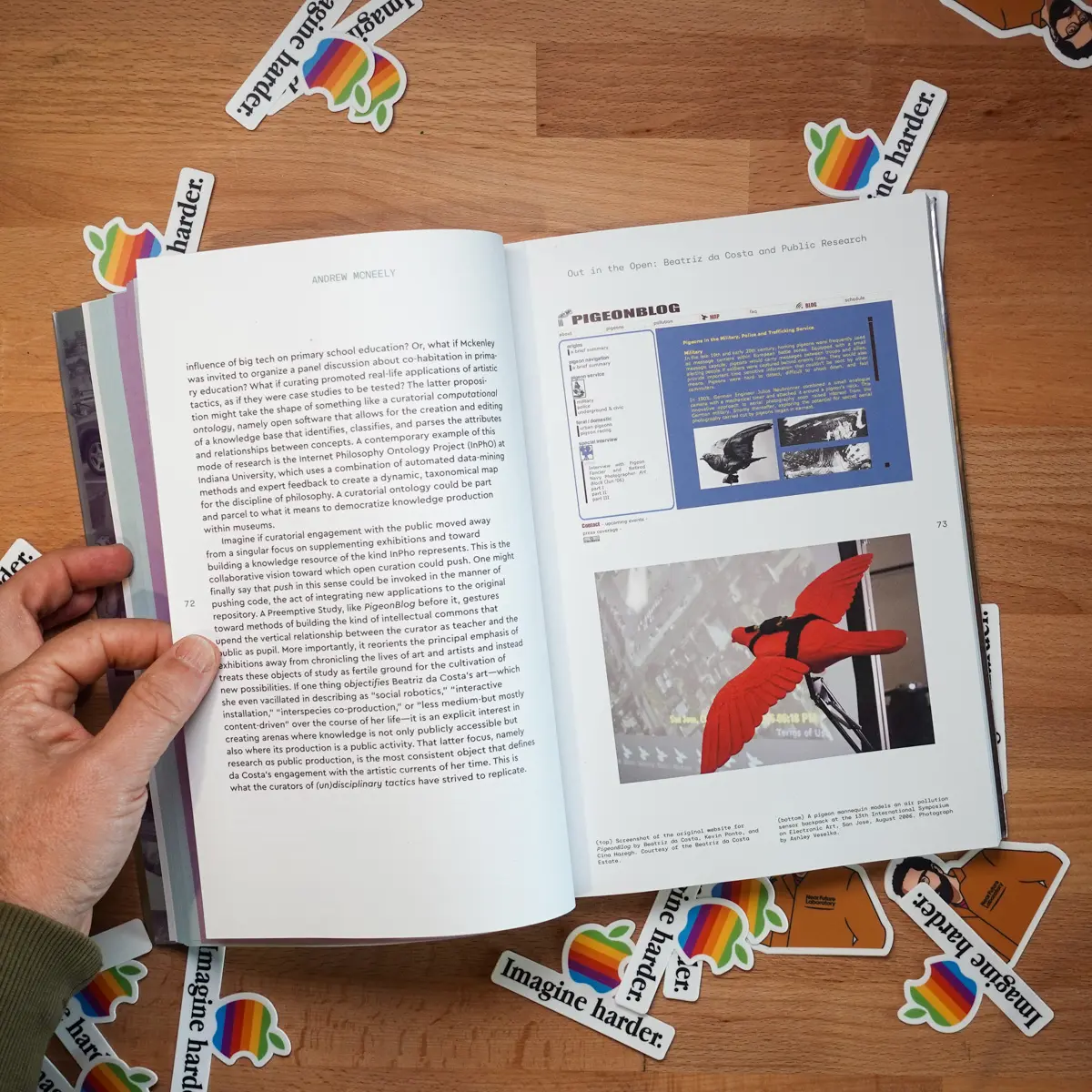
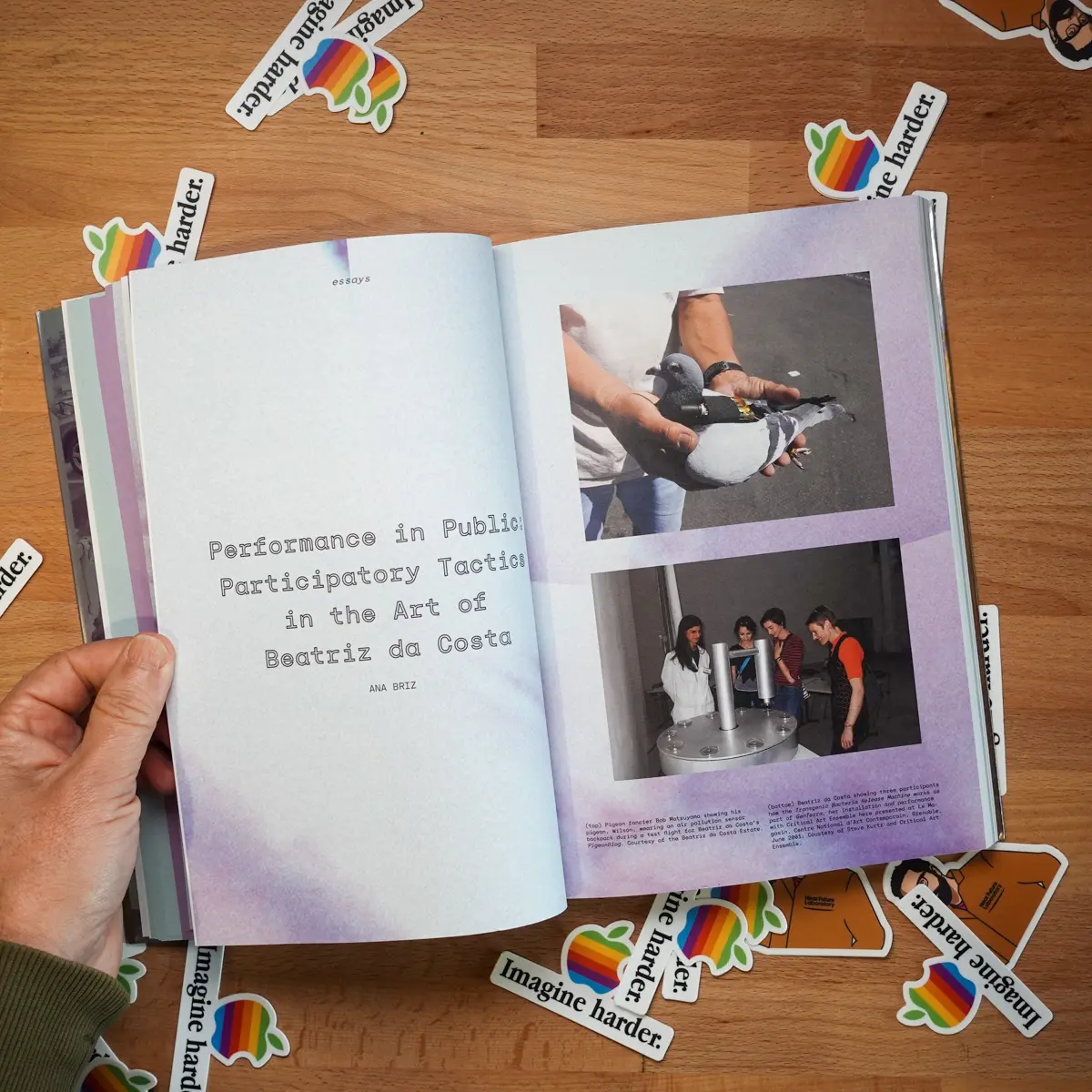
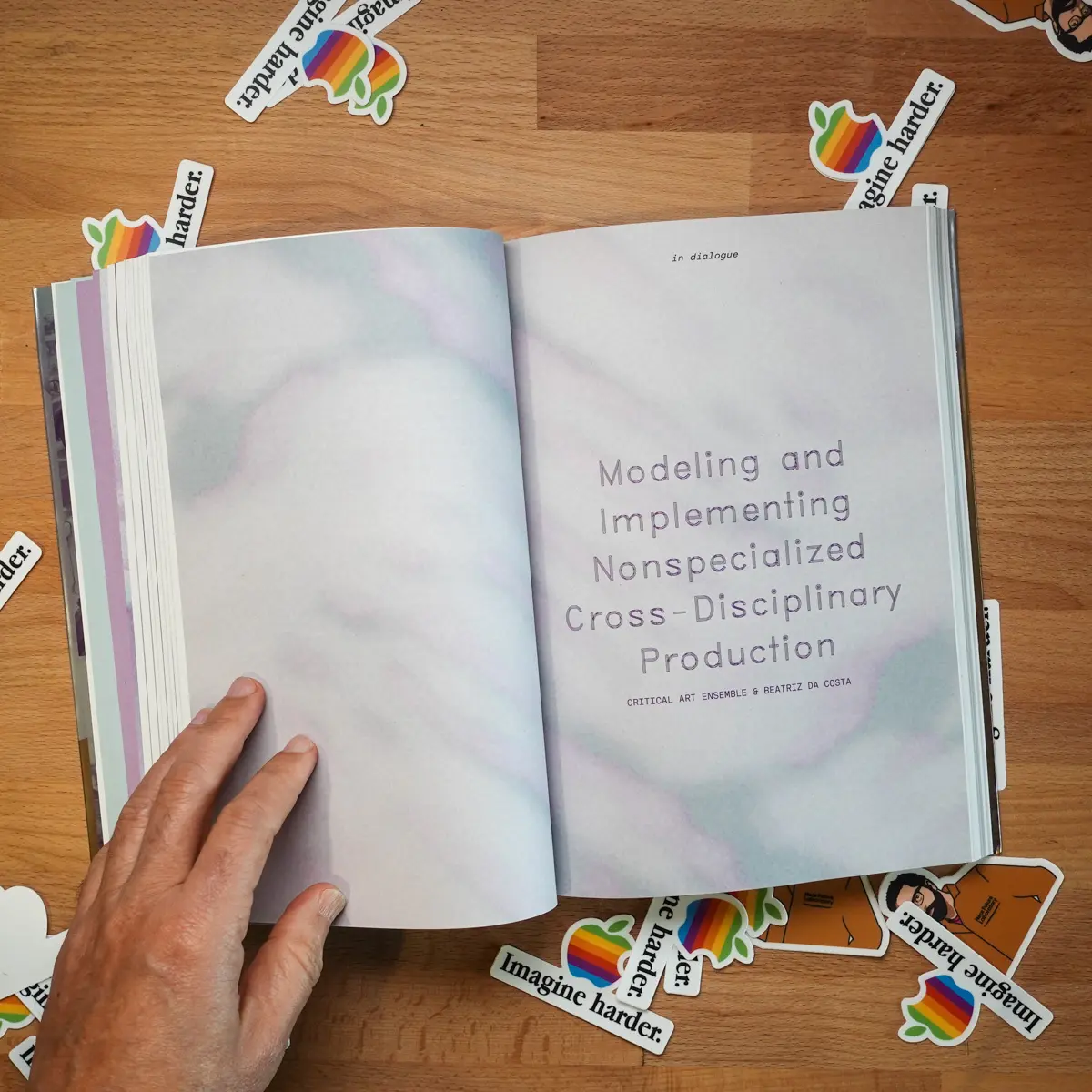
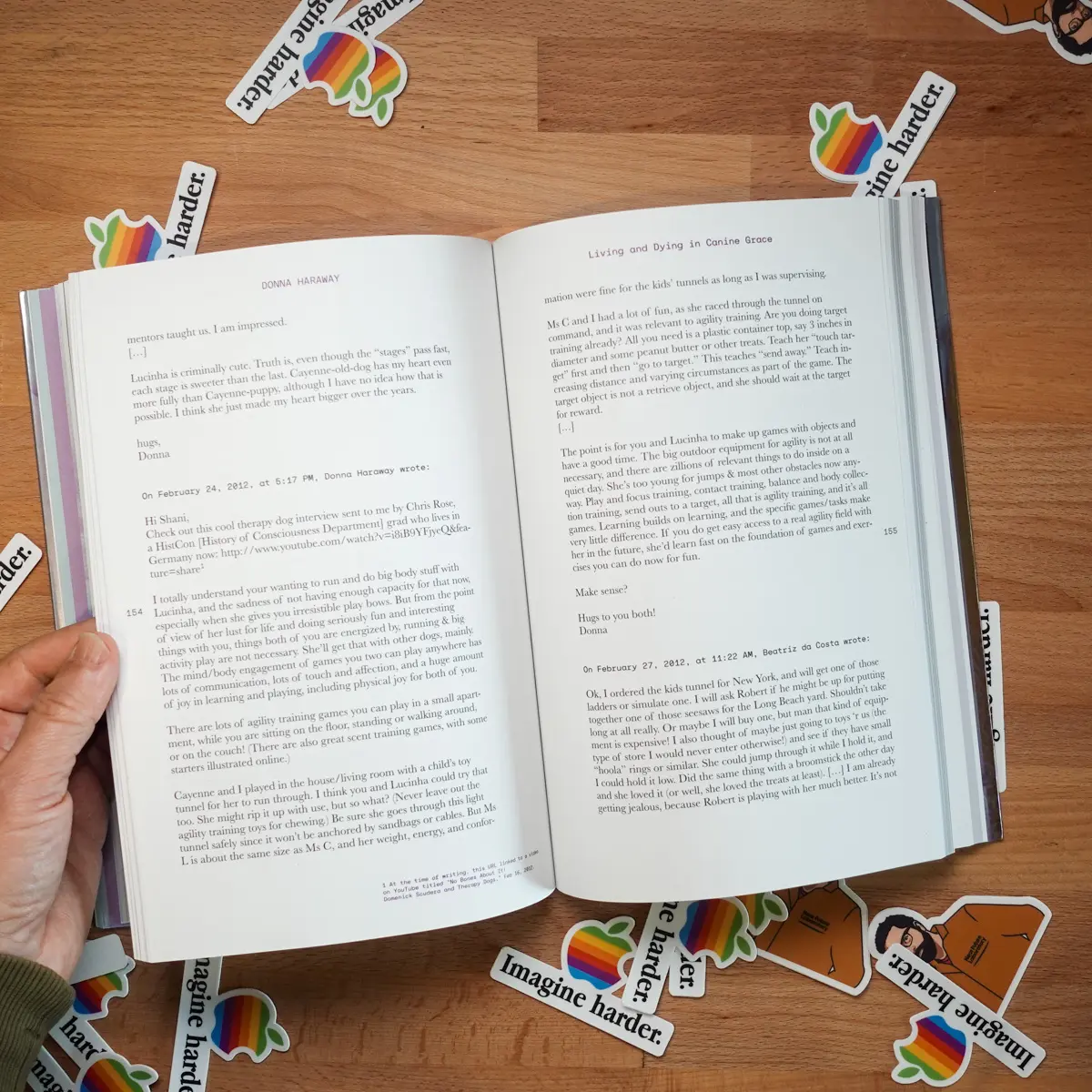
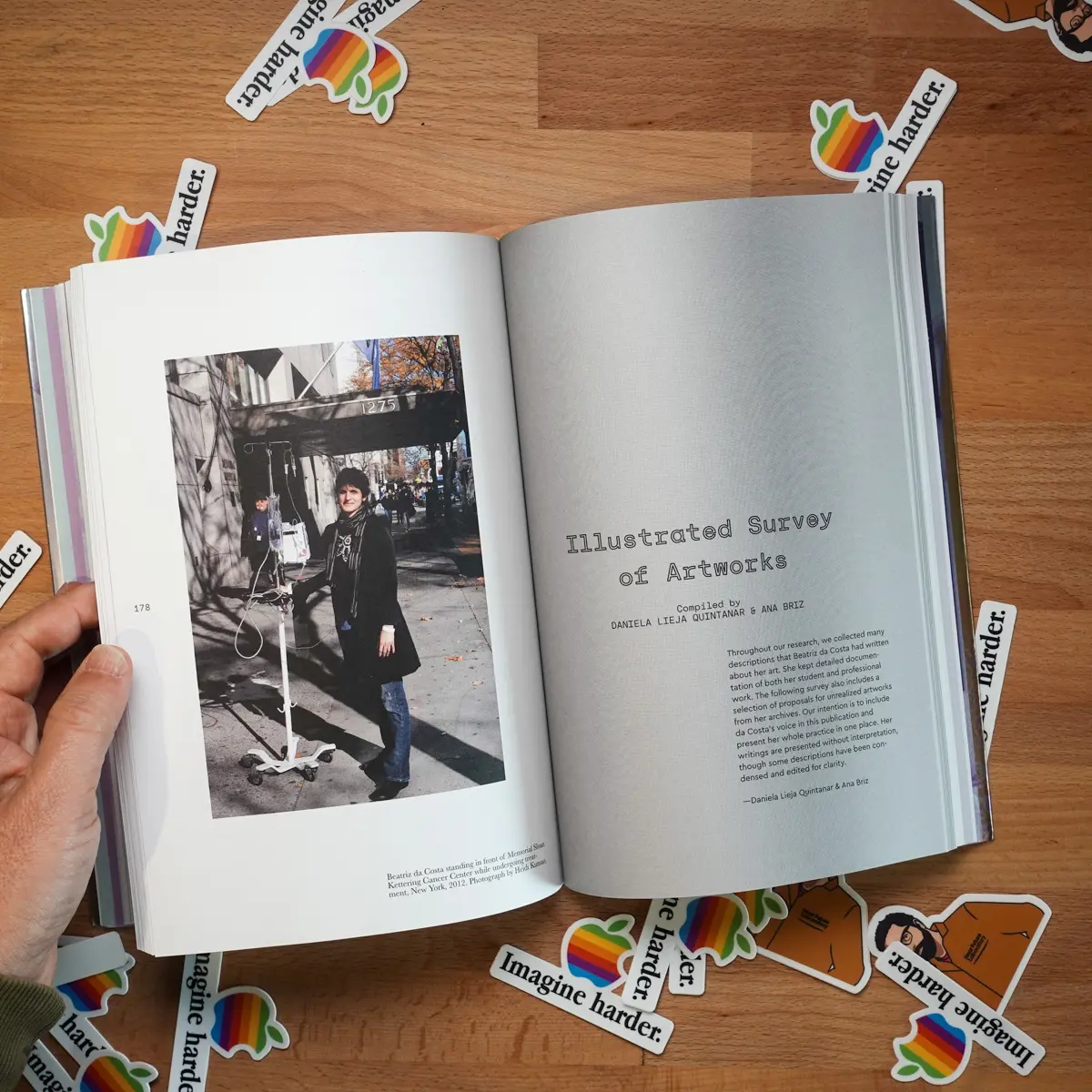
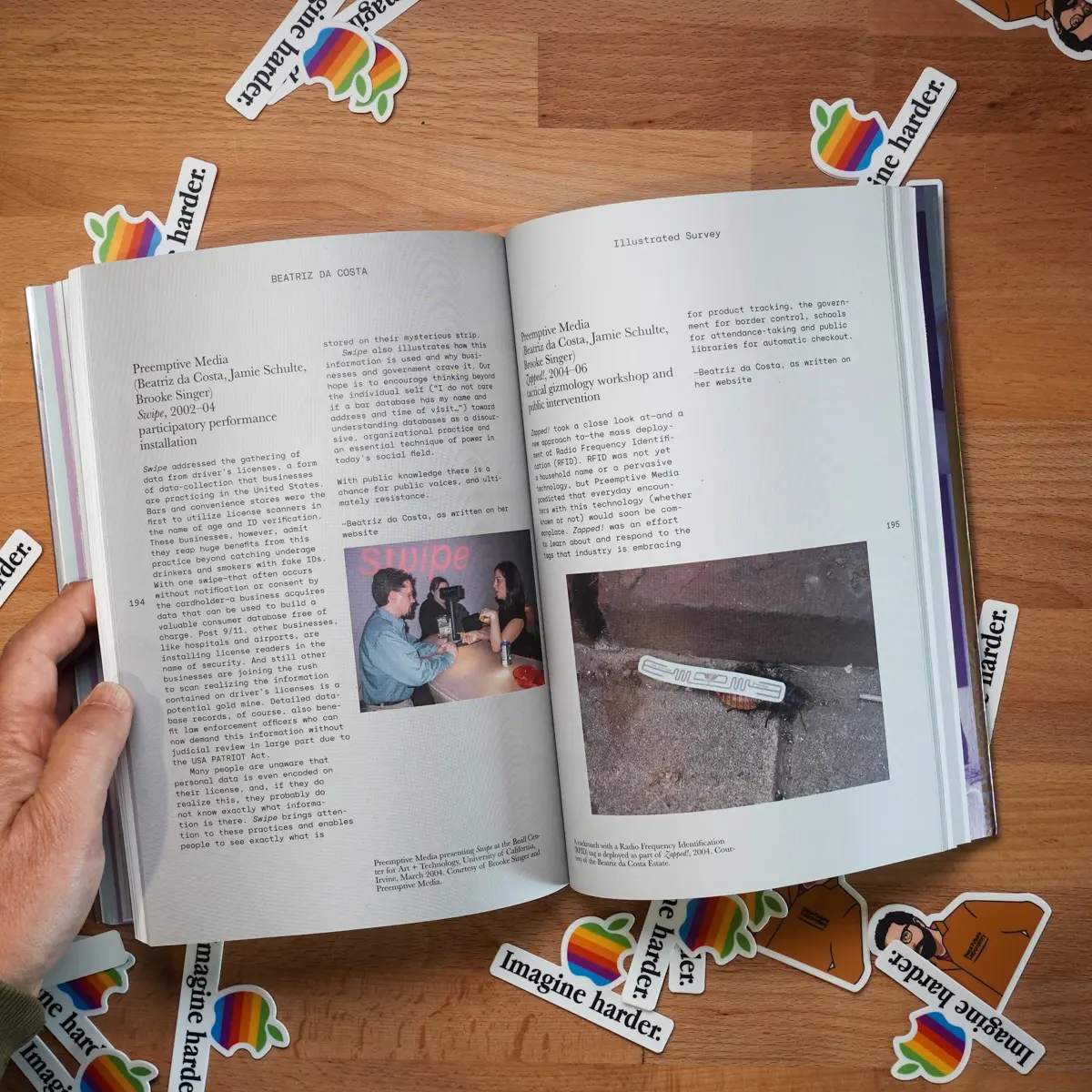
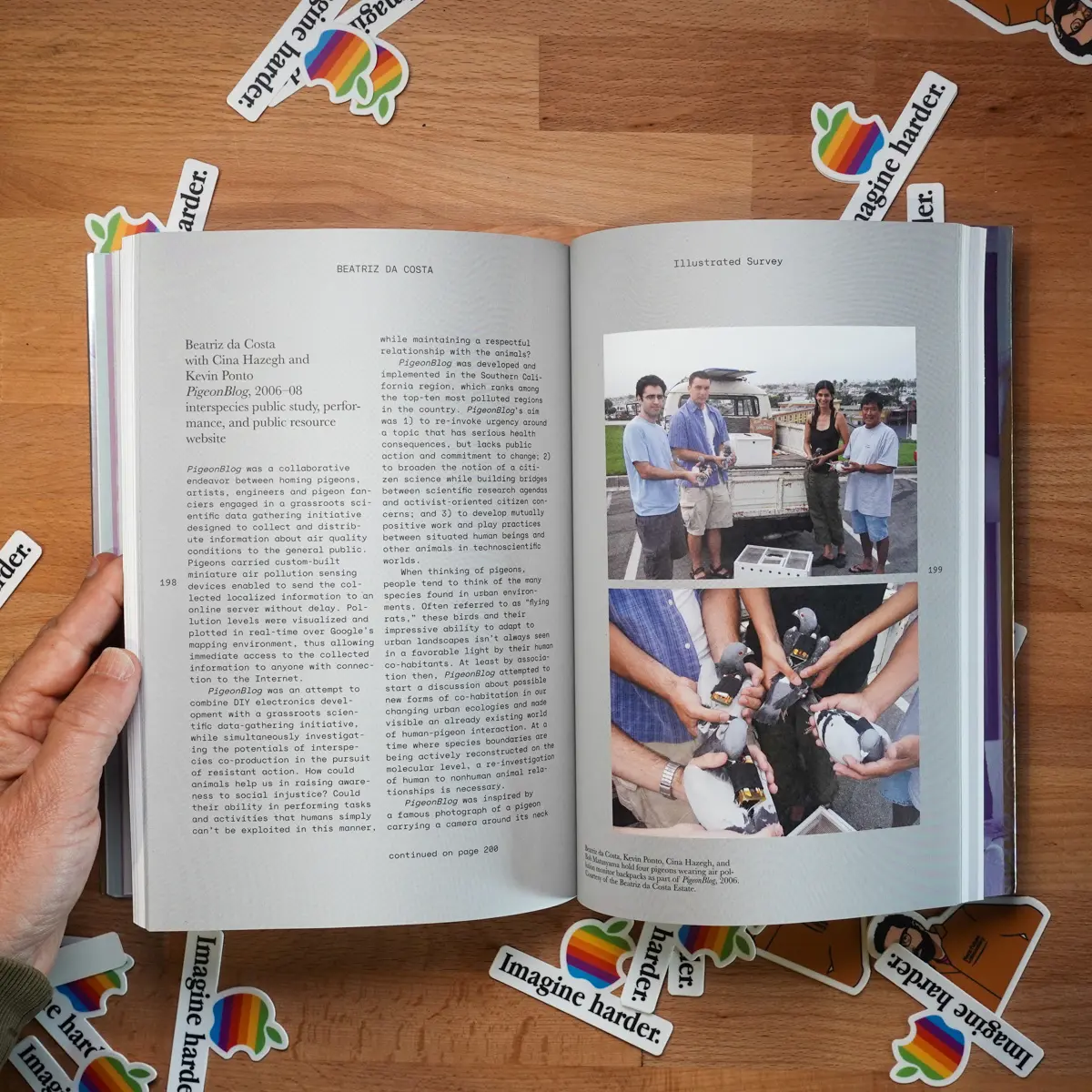
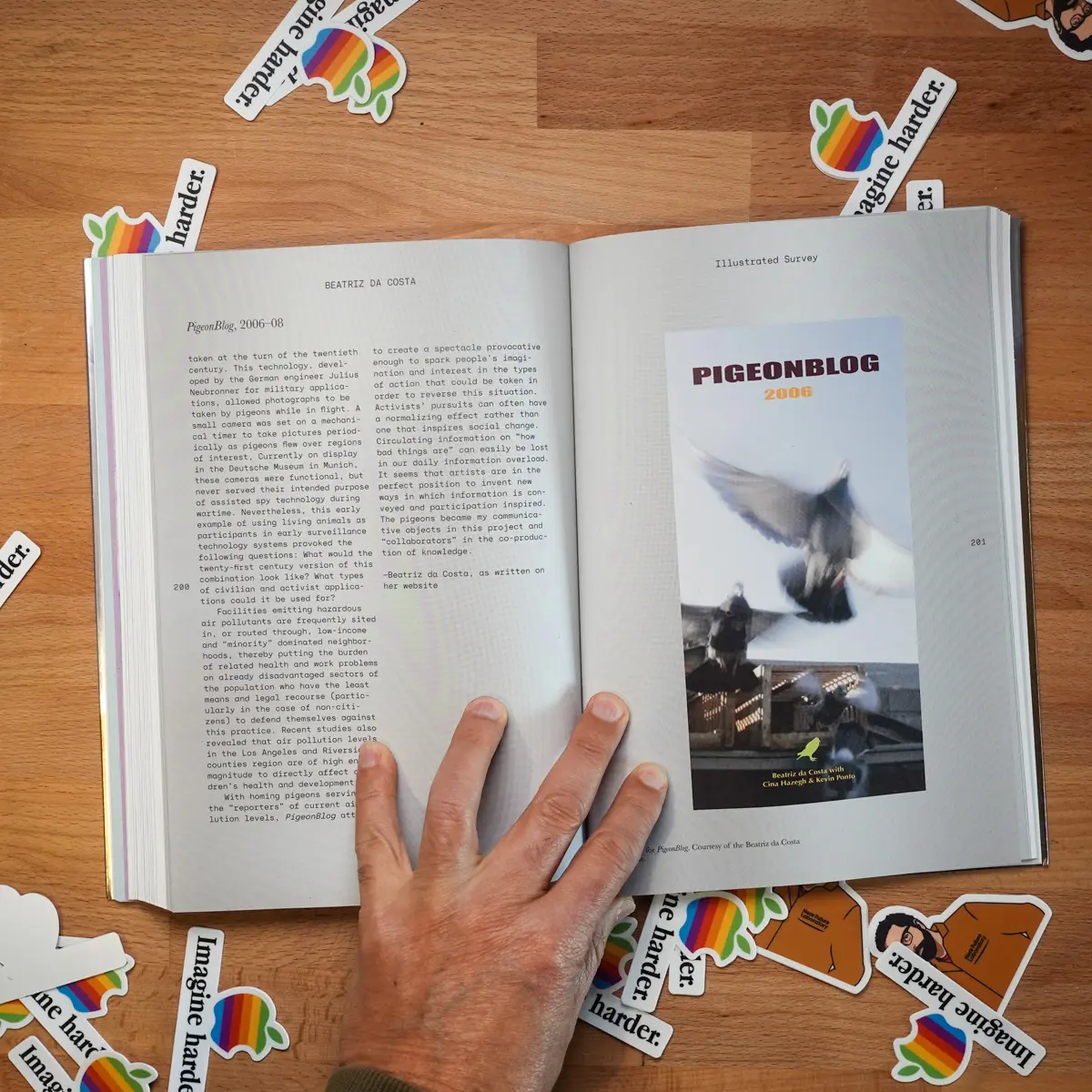
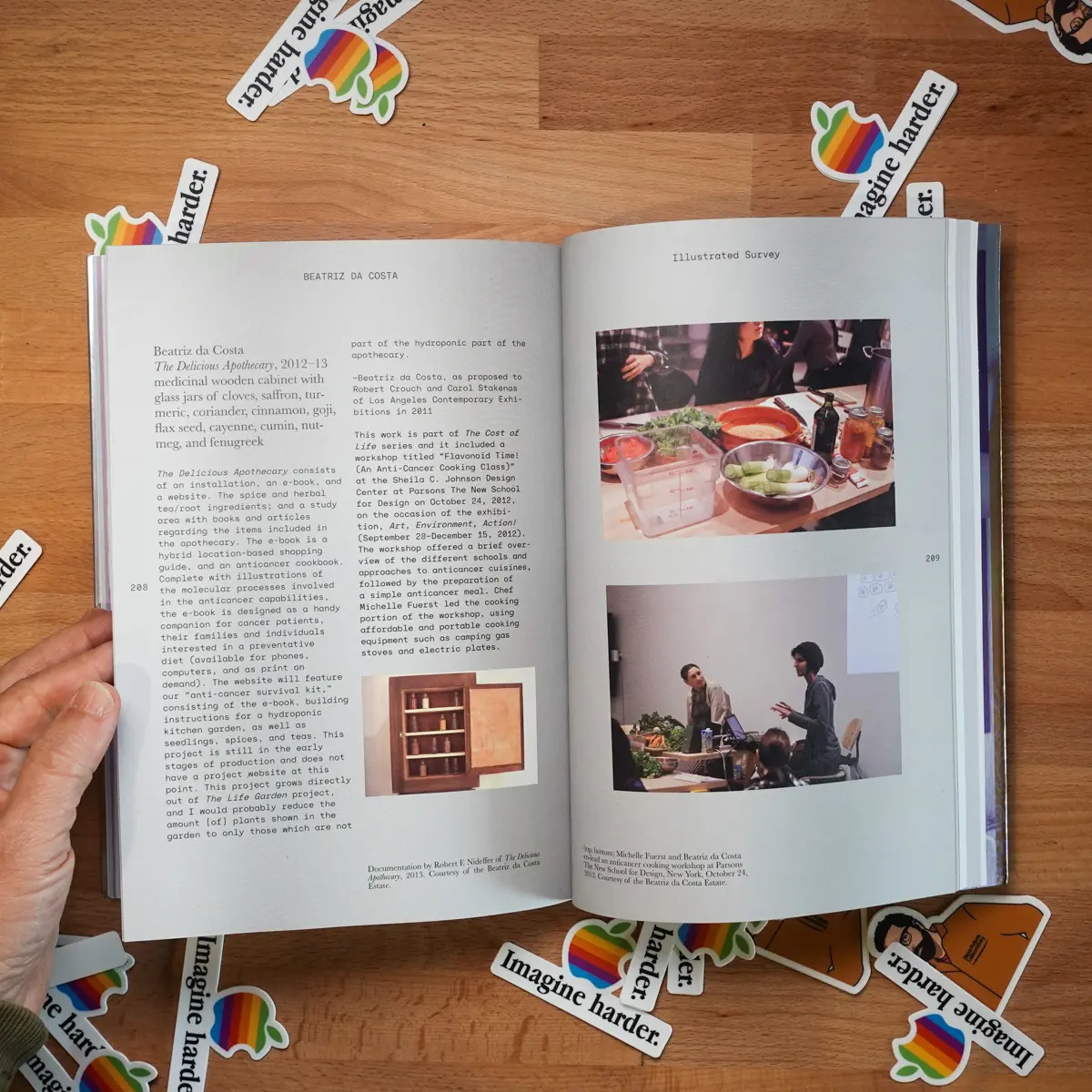
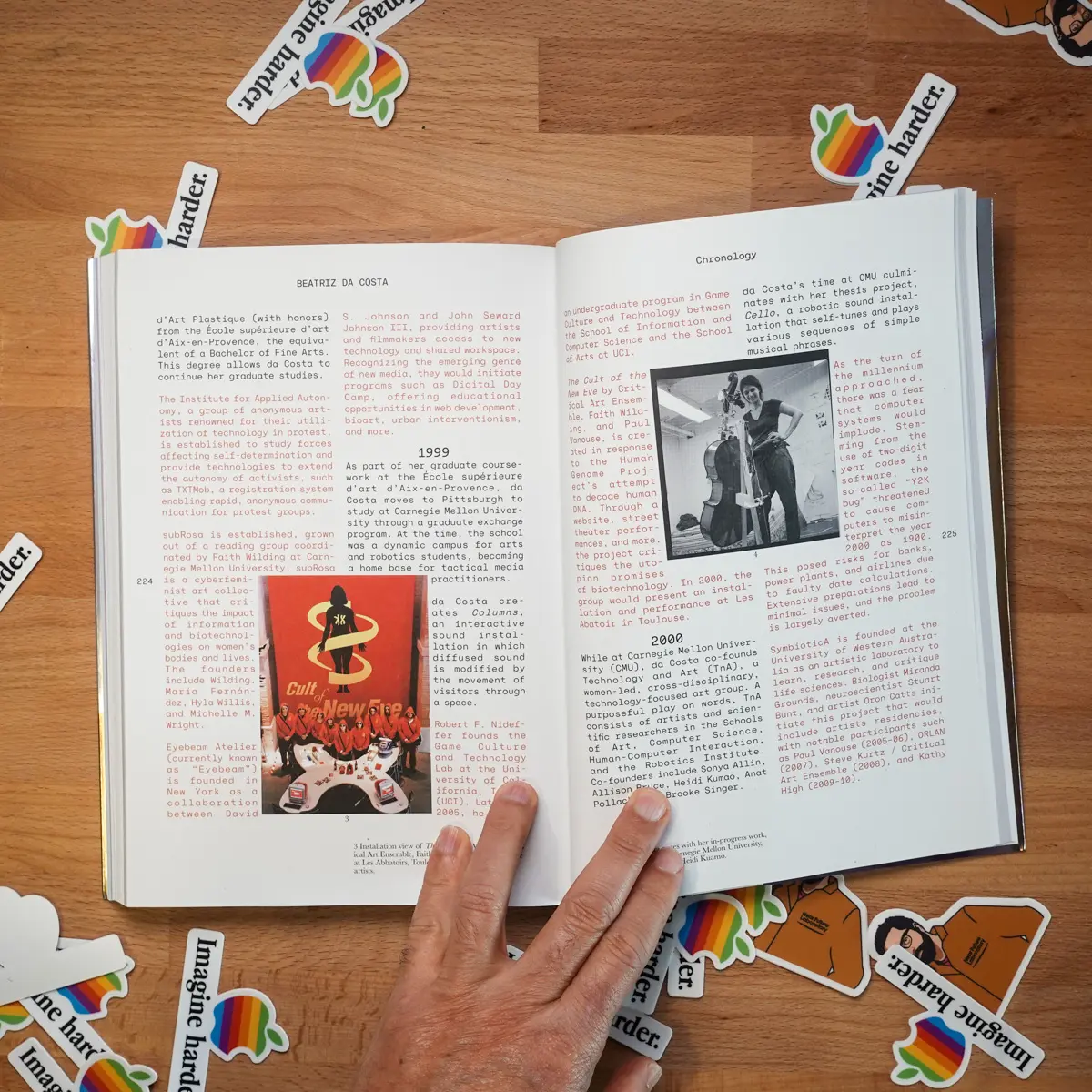
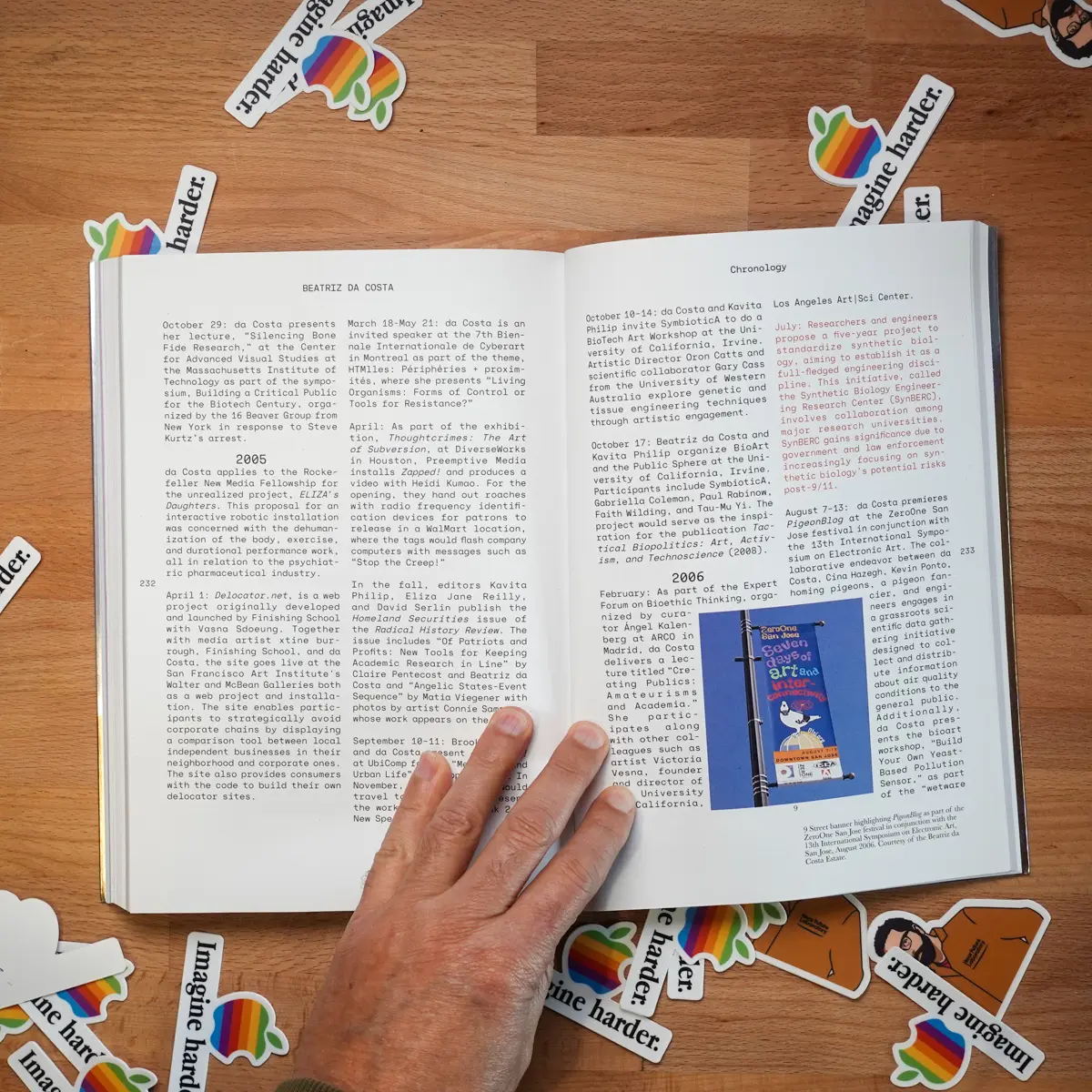
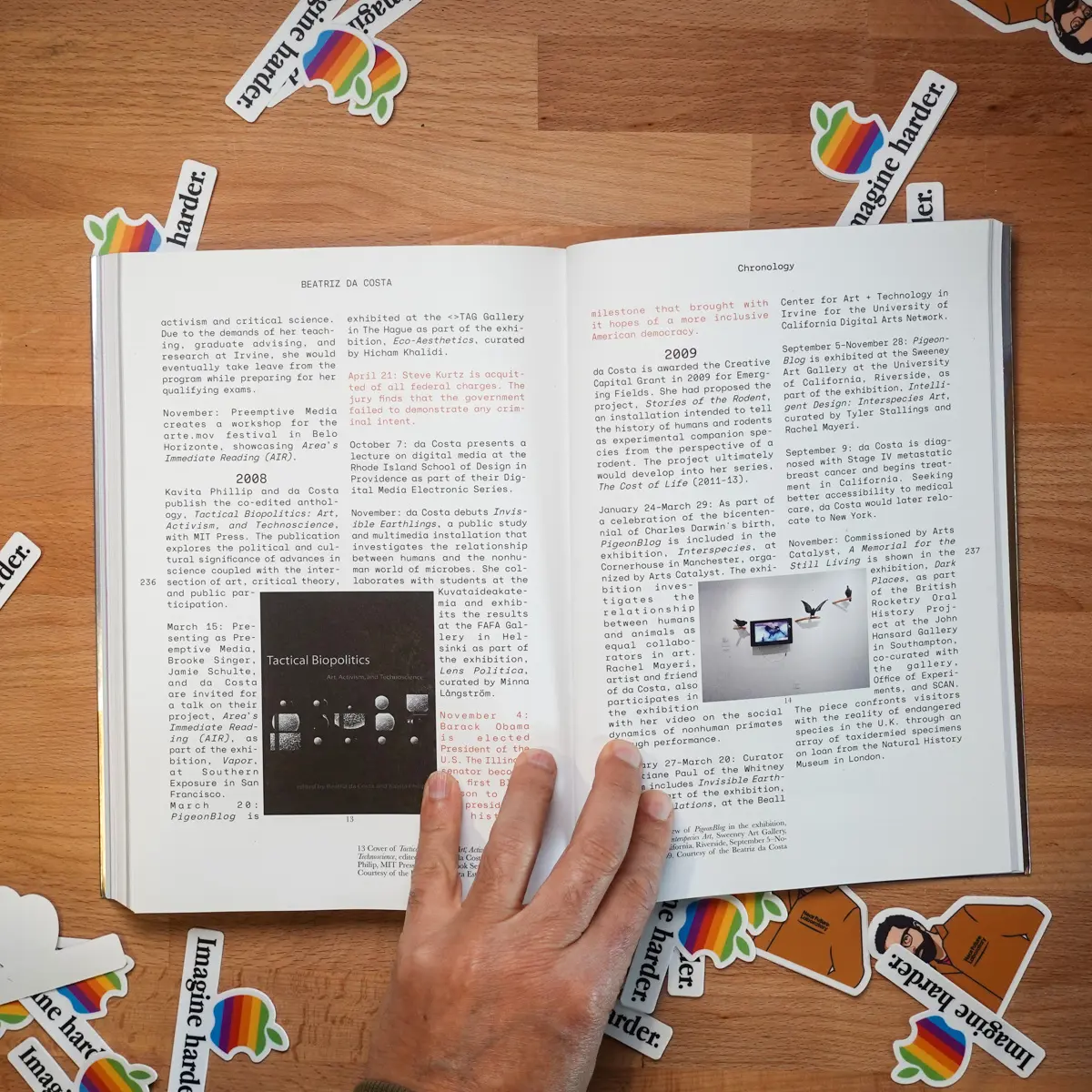
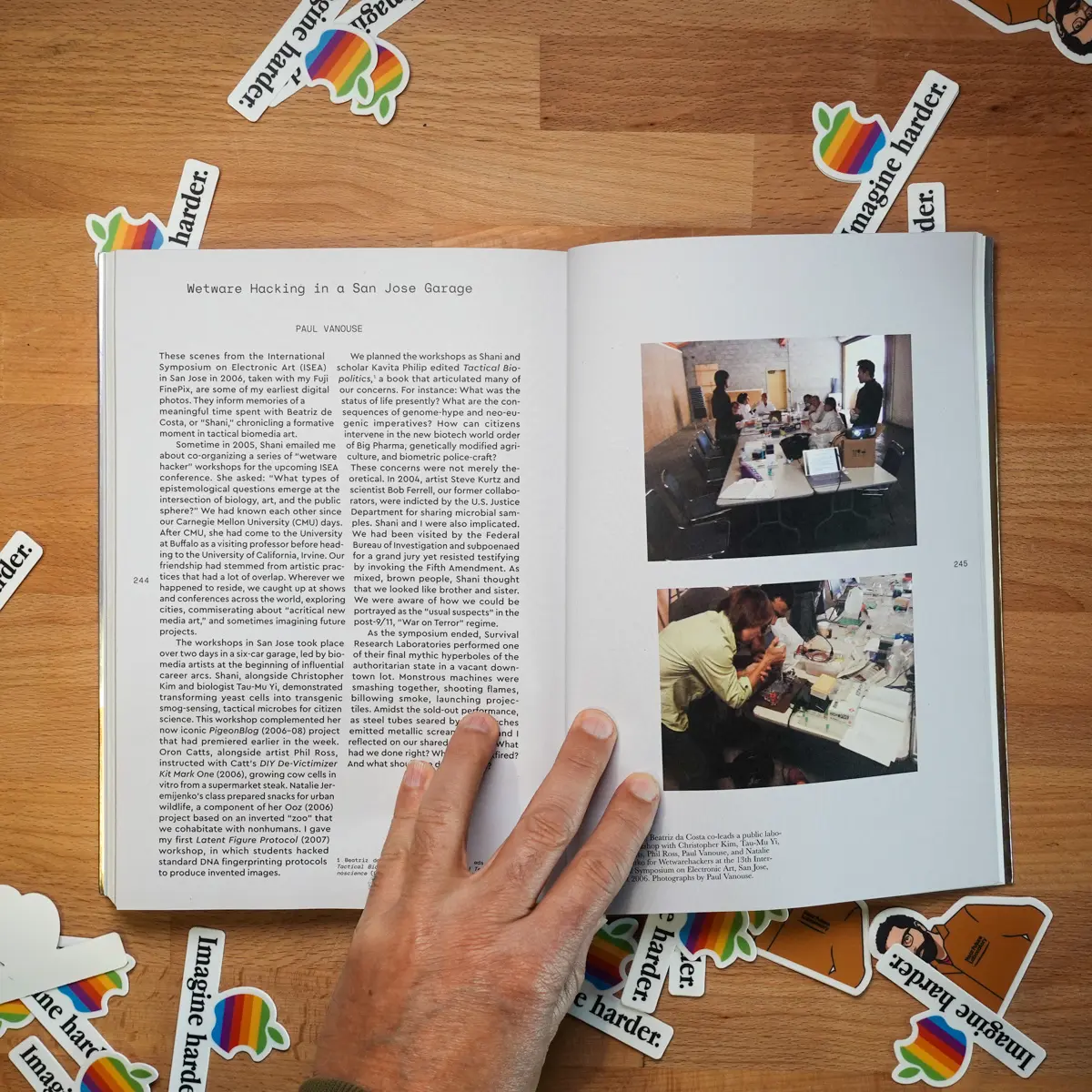
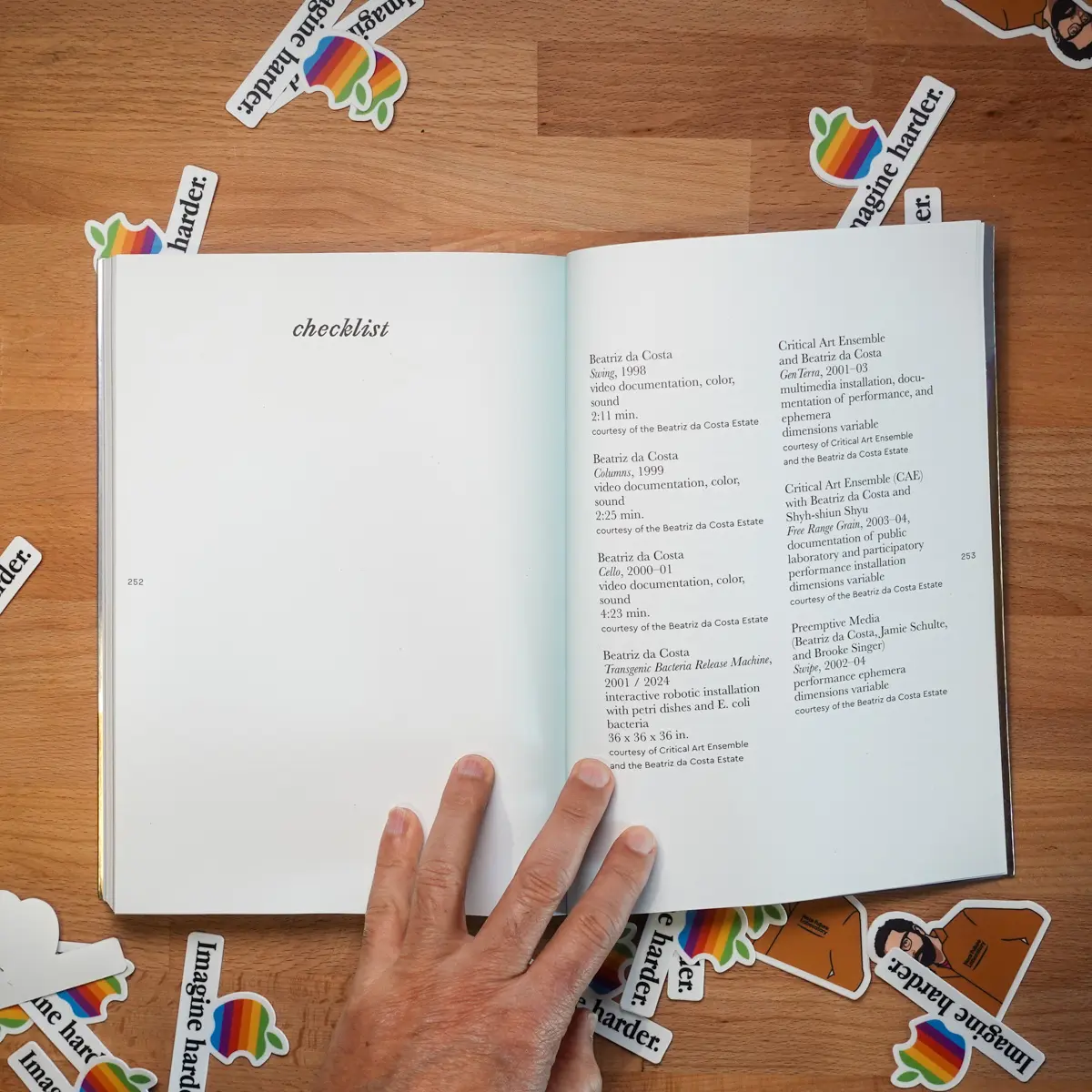
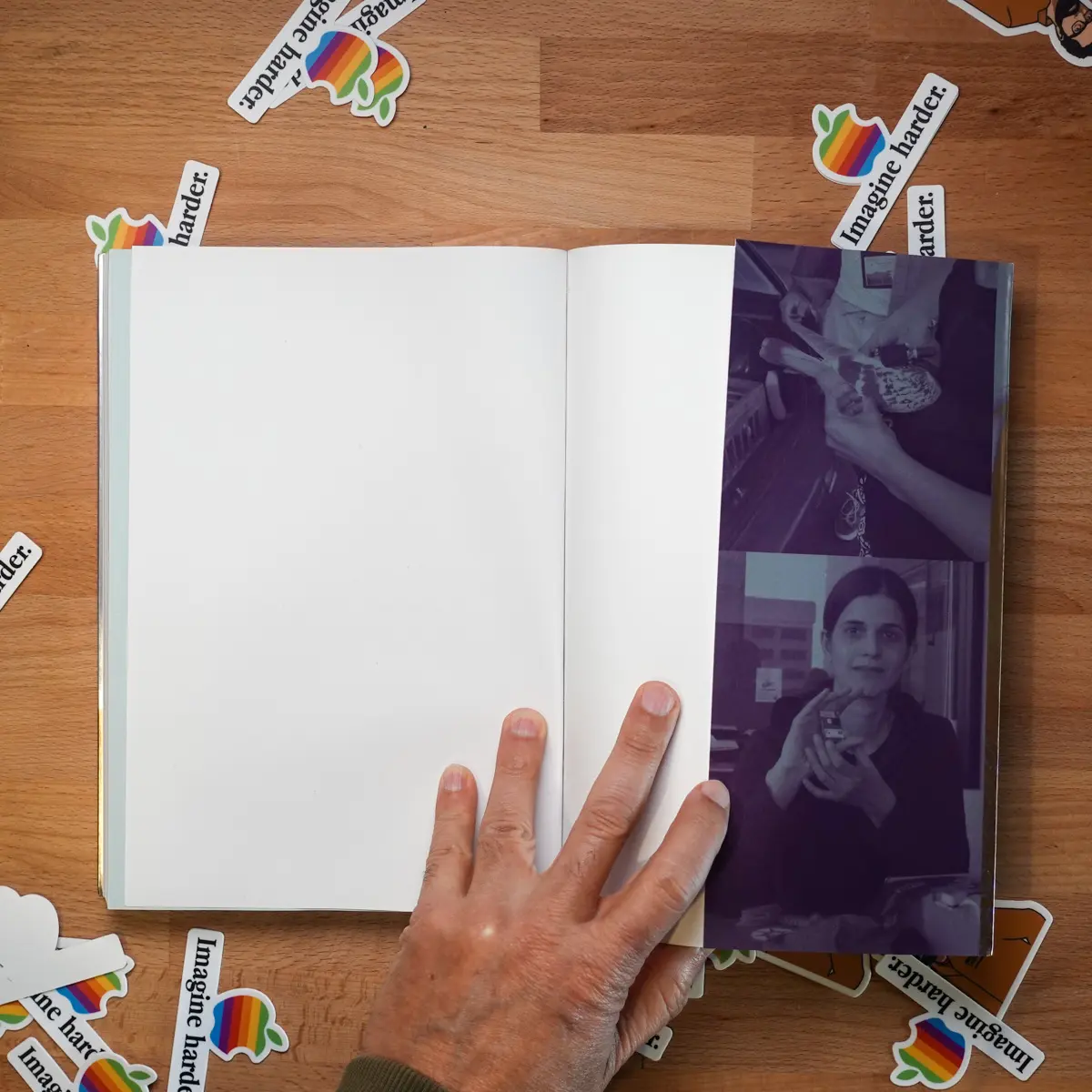
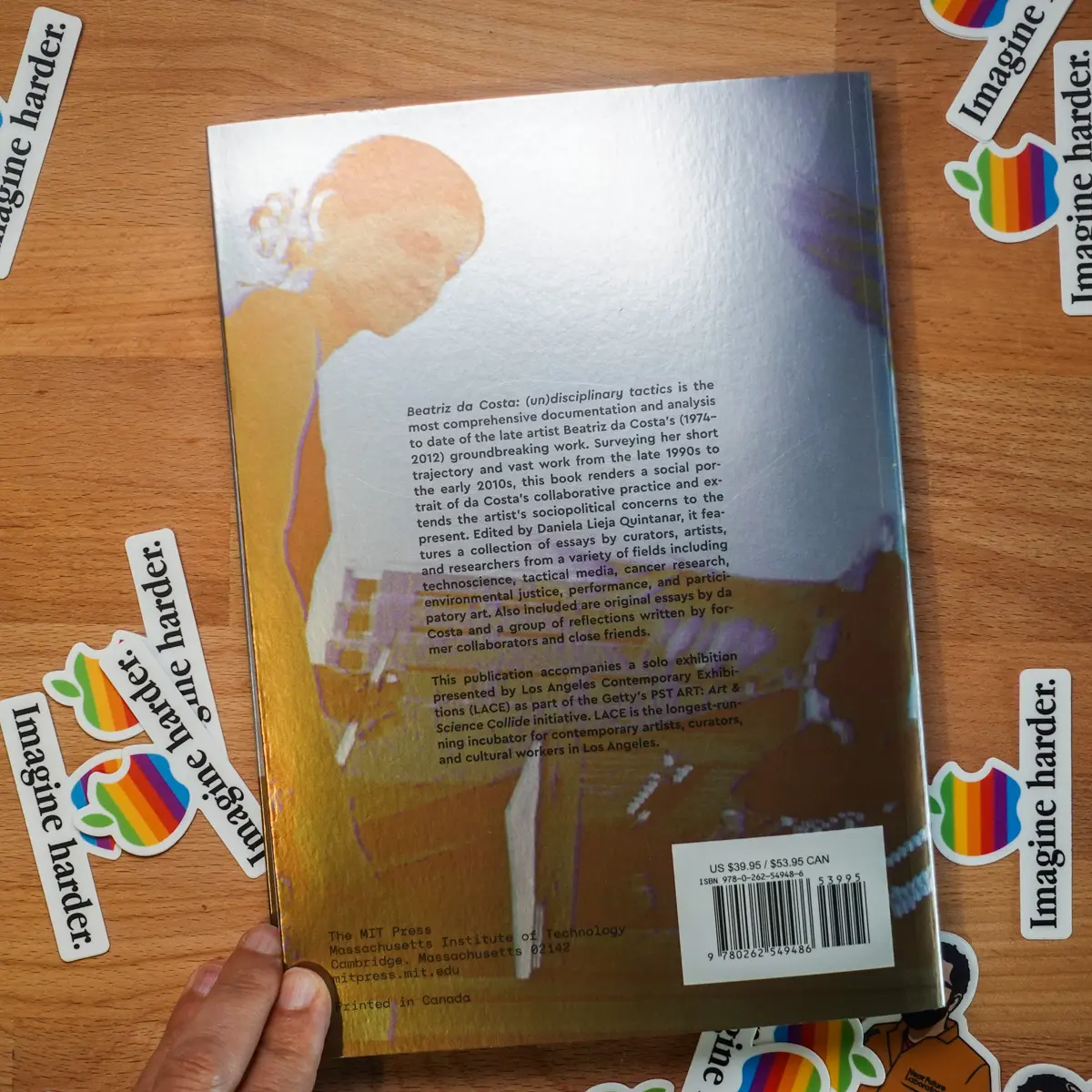

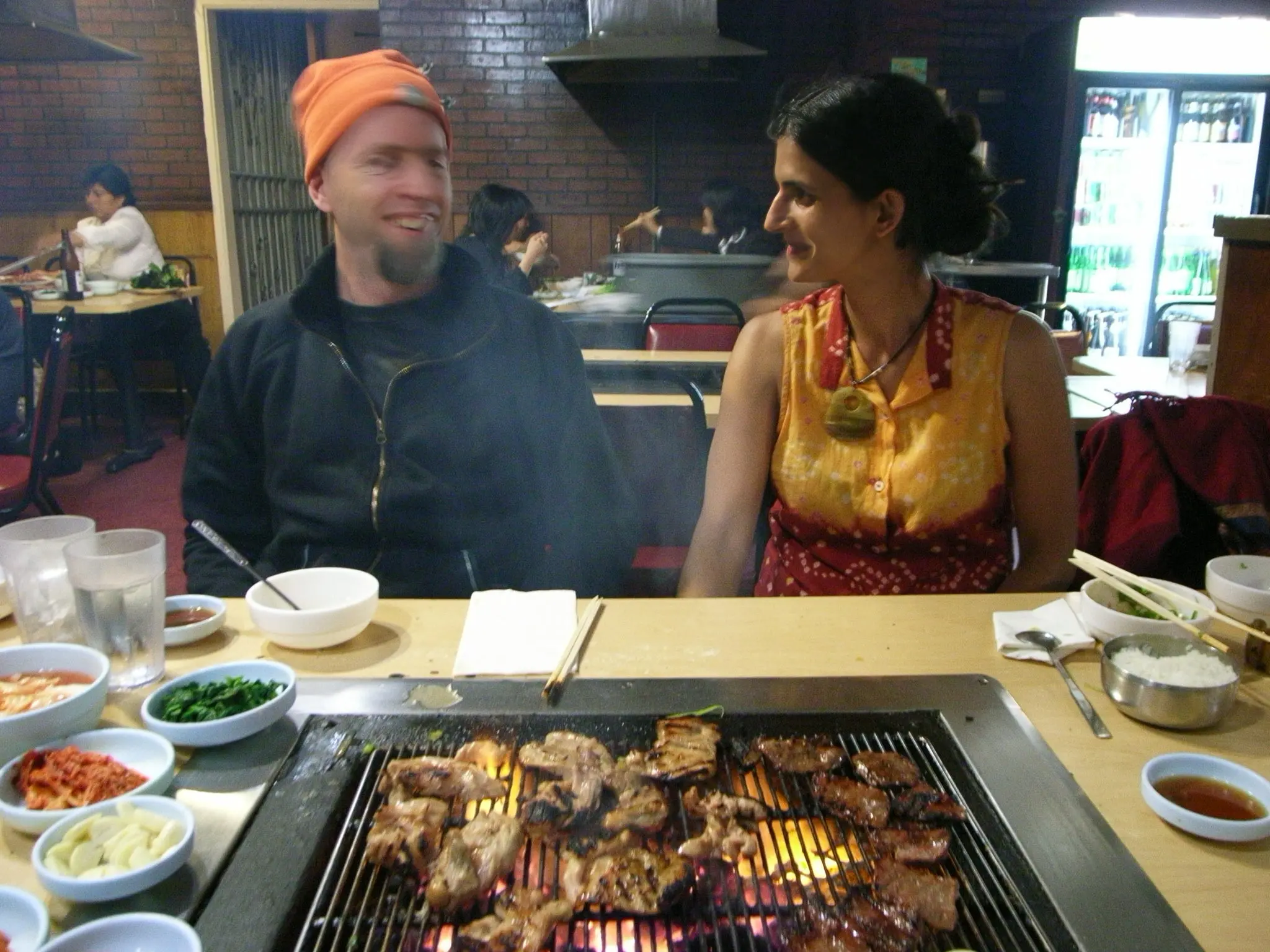
Contributors
Publisher
The MIT PressSpecifications
Notes
- Still need to gather all the contributors to the volume which are not listed on the book page at MIT
- See the essay ‘Why Things Matter: Cohabiting with Pigeons, Arphids and Aibos in the Internet of Things’
- My short review of Beatriz da Costa: Undisciplinary Tactics is also here.


Use the Contact Form below to discuss how you can engage Near Future Laboratory to help you make sense of your organization's possible futures.